In the early hours of July 9, 1971, Henry Kissinger quietly boarded a Boeing 707 at an airbase in Pakistan. He was to become the first US official to visit the People’s Republic of China since its founding in 1949.
The mission was codenamed 'Operation Marco Polo,' after the 13th-century Venetian explorer who spent 17 years in China.
According to Global Times, the atmosphere remained tense until Kissinger met with Chinese Premier Zhou Enlai that afternoon. Unbeknownst to Kissinger, then-President Richard Nixon had just made the 'Five-Power World' speech in which he asserted that China would become a superpower.
Zhou provided Kissinger and his team with printouts of Nixon’s speech so that they could get up to speed, and declared that China did not have ambitions to rival America on the global stage.
The meeting lasted from 4pm until nearly midnight. The following day, Kissinger toured the Palace Museum. A date was set for Nixon to visit China and Kissinger departed Beijing on July 11.
Realpolitik
Nixon recognized that engaging with China was not only important because of its size but also to counter the influence of Soviet Russia, as per the US-China Institute at the University of South Carolina.
Prior to Operation Marco Polo, Nixon had expressed his views on engaging with China as a presidential candidate in an article written for Foreign Affairs magazine in 1967.
An excerpt from the New York Times archives reads as follows:
“Taking the long view, we simply cannot afford to leave China forever outside the family of nations, there to nurture its fantasies, cherish its hates and threaten its neighbors.
“There is no place on this small planet for a billion of its potentially most able people to live in angry isolation…”

Chairman Mao meeting President Nixon in 1972. Image via Wikimedia
Initially, Mao had extended the invitation for Nixon to visit on October 10, 1970, as per China Daily. Then, in April 1971, Mao invited the American table-tennis team to stop over in China on their way home from Japan — a move that would come to be known as Ping-Pong Diplomacy.
Kissinger’s meeting with Zhou confirmed the intentions of the two nations to begin a new chapter, and Nixon’s historic visit to China came in February of 1972.
READ MORE: This Day in History: Nixon Signs Shanghai Communique
Following the visit of Nixon, China sent two giant pandas – Hsing-Hsing and Ling-Ling – to the US.
READ MORE: This Day in History: China Launches Panda Diplomacy with US
Kissinger also accompanied President Gerald Ford, along with his wife and daughter, to meet Mao in 1975.
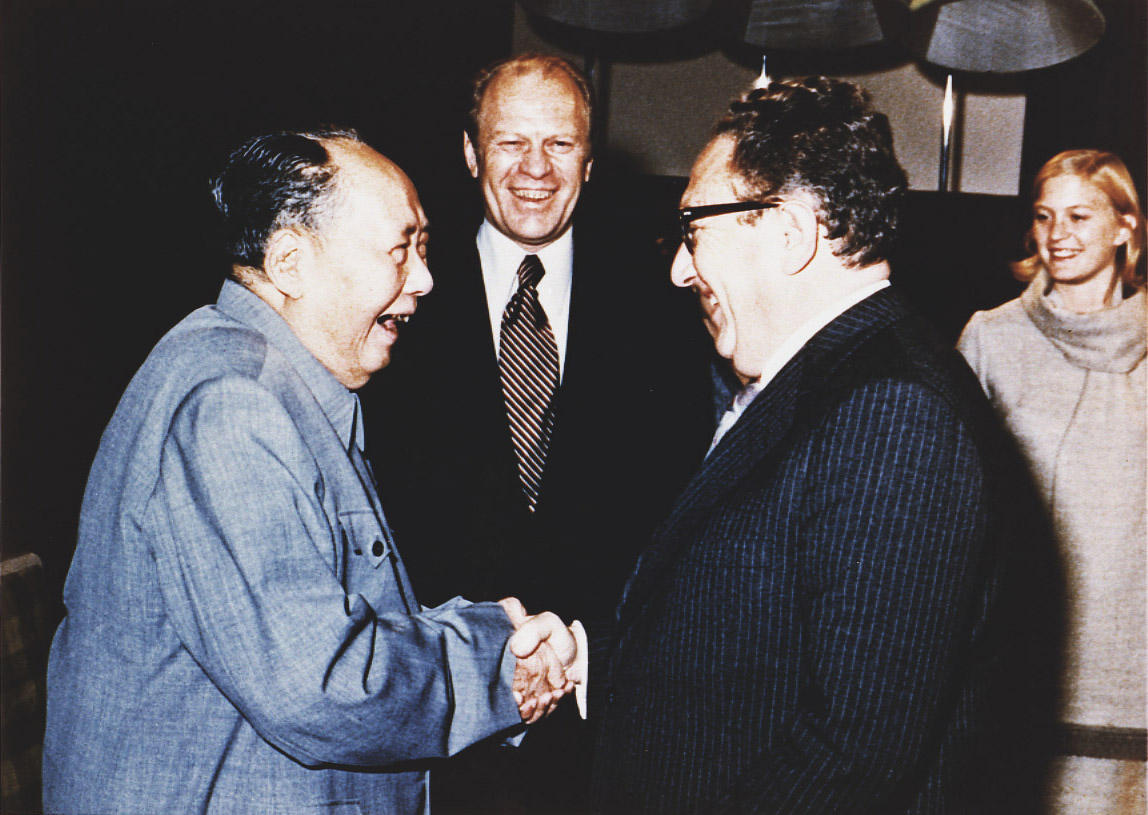
Chairman Mao greeting Henry Kissinger during the 1975 visit with President Ford and his daughter, Susan Ford. Image via Wikimedia
Fast forward more than 40 years, and CGTN’s Wang Guan sat down with Kissinger in the lead up to then US President Barrack Obama’s visit to Beijing in 2014. Kissinger expressed a sincere optimism that the meeting between Obama and Chinese President Xi Jinping would be positive.
Echoing Zhou’s words of assurance regarding China’s foreign ambitions, he told CGTN that Chinese exceptionalism is cultural rather than missionary, whereas American exceptionalism is missionary; China does not wish to impose its beliefs on the world.

Vice Chairman Deng Xiaoping escorting President Ford across the tarmac after landing on December 1, 1975. Image via Wikimedia
Henry Kissinger, who died yesterday at the age of 100, vistied Asia more than 50 times in his diplomatic career, and thereafter as a political scientist, speaker and author.
In 1973, Kissinger and Le Duc Tho of Vietnam were jointly awarded a Nobel Peace Prize for successfully negotiating a ceasefire in the Vietnam War. Le, however, refused to accept the award.
For more This Day in History stories, click here.
[Cover image via Wikimedia]
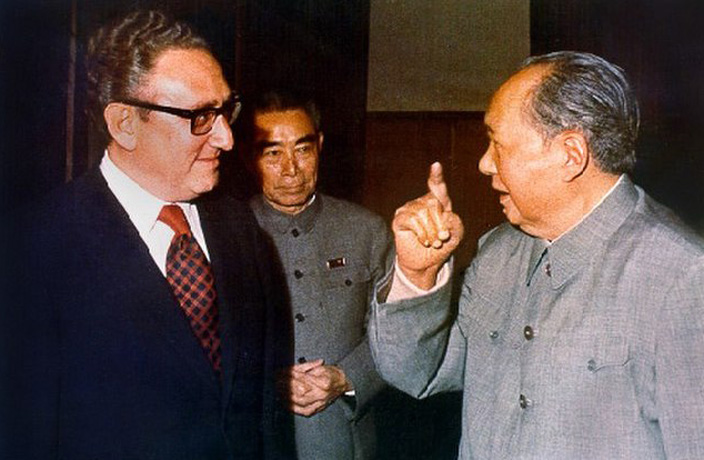





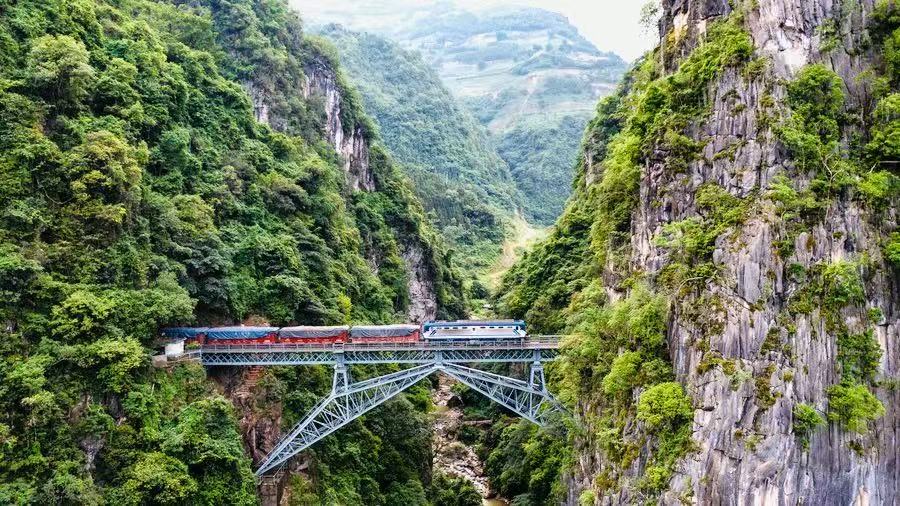












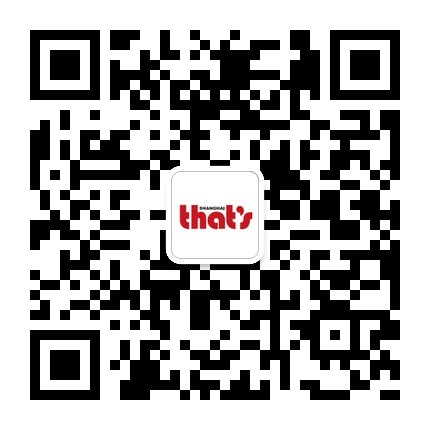
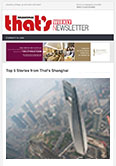
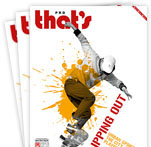
0 User Comments